
STARLINK UPDATES
Sign up to receive Starlink email updates here

STARLINK BEAM SWITCHING
July 30, 2025
Starlink is built to deliver reliable high-speed internet, even when a customer’s view of the sky isn’t perfect. Trees, buildings, and other obstacles can temporarily block the connection to a given satellite, but the system is designed in such a way that these are generally imperceptible to the user. A given user terminal in the US has 10s of satellites in view, providing diversity to route traffic via a satellite with a stable and unobstructed connection. Starlink terminals automatically switch between satellites in real time to address any degradation in the link: this happens both proactively, for fixed installs, and reactively, for mobile terminals and unpredicted issues.
Read More...

STARLINK NETWORK UPDATE
JUL 14, 2025
Over the past year, Starlink has expanded to 42 new countries, territories and other markets around the world while growing by 2.7 million+ active customers globally and serving more than 6 million and counting with high-speed, low-latency internet. During that time, the SpaceX team has also launched more than 100 Starlink missions, adding 2,300+ satellites to the constellation, and invested heavily in our ground infrastructure, network backbone, and internal technologies and systems.
As a result, Starlink can provide download speeds of 100s of Mbps to individual customers. In the United States alone, the median download speed across more than 2 million active Starlink customers during times of peak demand is nearly 200 Mbps as of July 2025. Even Starlink’s lower speed tier offering currently serves customers with 100 Mbps download and 20 Mbps upload speeds in most states and territories. And as we continue to connect more people with high-speed internet around the world in the months and years ahead, the Starlink team is focused on ensuring the overall quality of service for new and existing customers continually improves.
Read More

STARLINK SATELLITE DEMISABILITY
FEB 27, 2025
Starlink operates the world’s largest satellite constellation, with over 6,750 satellites currently in orbit, serving millions of active customers around the globe with high-speed, low-latency internet. As the world’s largest satellite constellation operator, we are deeply committed to space safety. Starlink operates with the most conservative maneuver thresholds in the industry, publicly shares its high-precision ephemerides, and has introduced a space safety service to ease coordination with other satellite operators and launch service providers.
Read More...
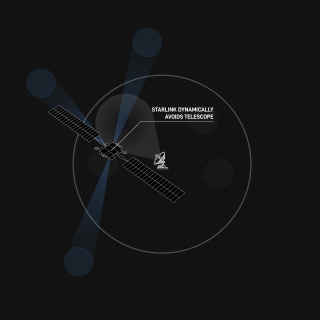
PROTECTING RADIO ASTRONOMY THROUGH REAL-TIME COORDINATION
AUG 09, 2024
SpaceX’s mission is synonymous with expanding humanity’s understanding of the universe. As a result of years of coordinated work with the radio astronomy community, in particular the National Science Foundation (NSF) and the National Radio Astronomy Observatory (NRAO), SpaceX and NRAO have developed new techniques to ensure Starlink’s advanced satellite constellation can provide critical connectivity options near radio telescopes while simultaneously protecting their important scientific research of the cosmos.
Read More...

IMPROVING STARLINK'S LATENCY
MAR 07, 2024
Starlink engineering teams have been focused on improving the performance of our network with the goal of delivering a service with stable 20 millisecond (ms) median latency and minimal packet loss.
Over the past month, we have meaningfully reduced median and worst-case latency for users around the world. In the United States alone, we reduced median latency by more than 30%, from 48.5ms to 33ms during hours of peak usage. Worst-case peak hour latency (p99) has dropped by over 60%, from over 150ms to less than 65ms. Outside of the United States, we have also reduced median latency by up to 25% and worst-case latencies by up to 35%.
Read More...
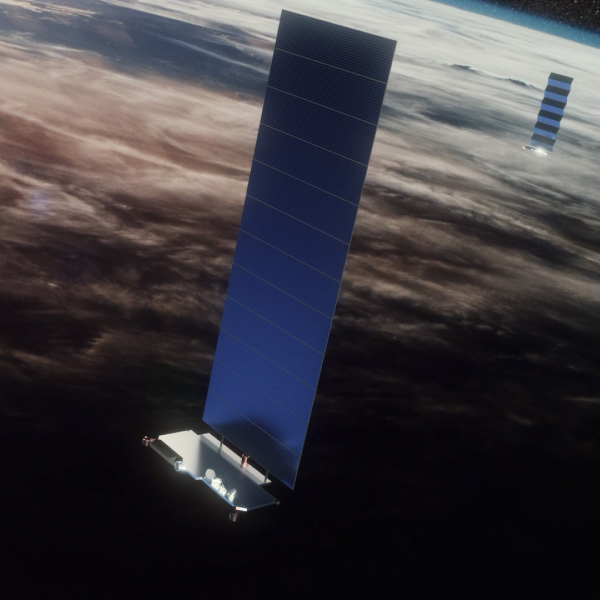
COMMITMENT TO SPACE SUSTAINABILITY
FEB 12, 2024
As we have detailed in the past, SpaceX is committed to keeping space safe, sustainable and accessible, protecting astronauts and satellites in orbit and the public on the ground. We have demonstrated this commitment through action, investing significant resources to ensure that all our launch vehicles, spacecraft, and satellites meet or exceed space safety and sustainability regulations, as well as sharing best practices with other launch providers and satellite operators around the world.
Starlink satellites operate in a low Earth orbit below 600 km altitude. Atmospheric drag at these altitudes will deorbit a satellite naturally in 5 years or less, depending on the altitude and satellite design, should one fail on orbit. SpaceX proactively deorbits satellites that are identified to be at an elevated risk of becoming non-maneuverable. This proactive approach minimizes the number of non-maneuverable satellites in space. Starlink satellites are also fully demisable by design, meaning that the risk to those on the ground, in the air, or at sea from a deorbiting satellite is effectively zero as the satellites burn up during reentry.
Read More...
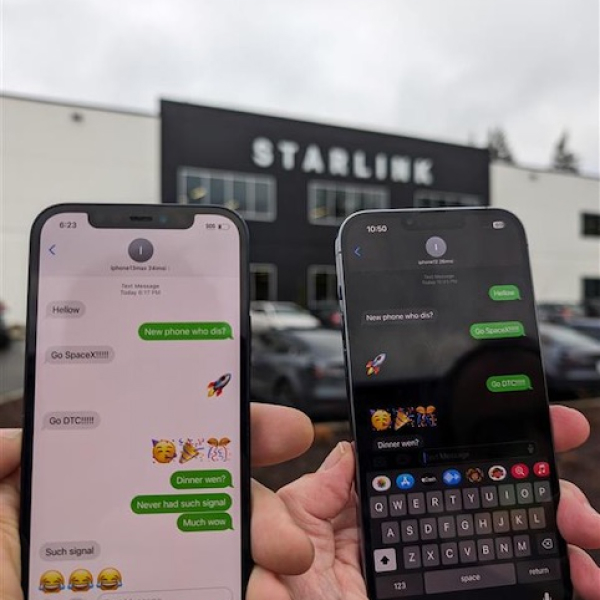
SPACEX SENDS FIRST TEXT MESSAGES VIA ITS NEWLY LAUNCHED DIRECT TO CELL SATELLITES
JAN 10, 2024
On Monday, January 8, the Starlink team successfully sent and received our first text messages using T-Mobile network spectrum through one of our new Direct to Cell satellites launched six days prior. Connecting cell phones to satellites has several major challenges to overcome. For example, in terrestrial networks cell towers are stationary, but in a satellite network they move at tens of thousands of miles per hour relative to users on Earth. This requires seamless handoffs between satellites and accommodations for factors like Doppler shift and timing delays that challenge phone to space communications. Cell phones are also incredibly difficult to connect to satellites hundreds of kilometers away given a mobile phone’s low antenna gain and transmit power. Starlink satellites with the Direct to Cell payload are equipped with innovative new custom silicon, phased array antennas, and advanced software algorithms that overcome these challenges and provide standard LTE service to cell phones on the ground. As the global leader in rocket and satellite launch and manufacturing, SpaceX is uniquely positioned to rapidly scale our Direct to Cell network and will rapidly launch a constellation of hundreds of satellites to enable text service in 2024 and voice, data, and Internet of Things (IoT) services in 2025.
Read More...
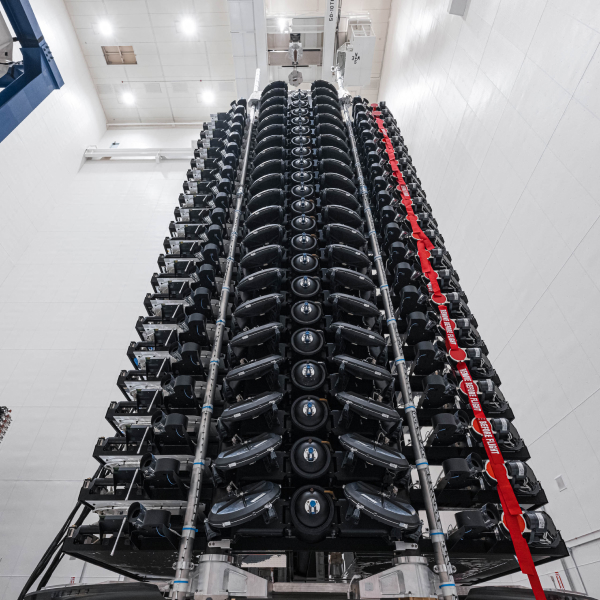
SECOND GENERATION STARLINK SATELLITES
FEB 26, 2023
Since the original license to operate the Starlink Generation 1 network was granted in March 2018, SpaceX has rapidly deployed satellites to bring internet to the hardest to reach places in the United States and abroad. Five years later, SpaceX has launched nearly 4,000 satellites and is providing highspeed internet to more than one million locations around the world, the majority of which are households. Starlink continues to grow rapidly, and SpaceX has raced to keep up with a surging demand for connectivity across the United States and across the globe, especially in areas where few, if any, options for broadband connections have existed before now.
With the recent authorization of our second-generation network, or "Gen 2," SpaceX will provide even faster speeds to more users. This new authorization enables SpaceX to launch additional, much-improved spacecraft with significantly more throughput per satellite than the first-generation systems. For the end consumer, this means more bandwidth and increased reliability. As a result, millions of more Americans will have access to high-speed internet no matter where they live.
Read More...
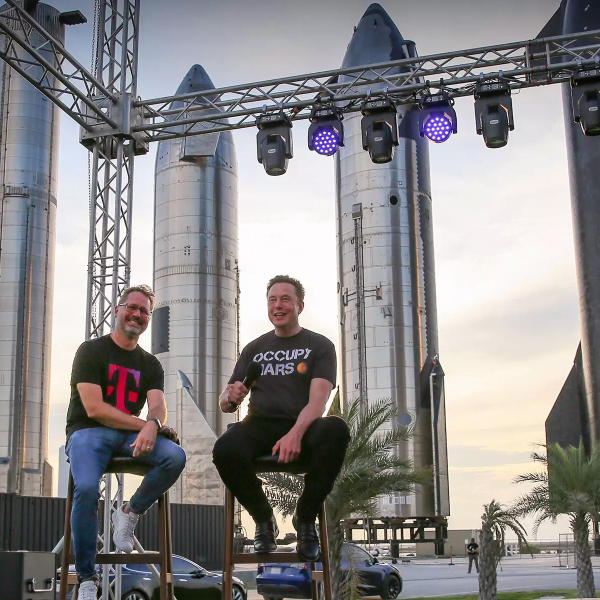
SPACEX INVITES WORLD'S CARRIERS TO COLLABORATE — NO MORE CELL PHONE DEAD ZONES
AUG 25, 2022
Despite powerful LTE and 5G terrestrial wireless networks, more than 20% of the United States land area and 90% of the Earth remain uncovered by wireless companies. The telecom industry has struggled to cover these areas with traditional cellular technology due to land-use restrictions (e.g. National Parks), terrain limits (e.g. mountains, deserts and other topographical realities) and the globe’s sheer vastness.
Today SpaceX and T-Mobile announced a partnership to leverage Starlink’s satellite network and T-Mobile’s wireless network to provide customers text coverage practically everywhere in the continental US, Hawaii, parts of Alaska, Puerto Rico and territorial waters, even outside the signal of T-Mobile’s network.
In addition, SpaceX and T-Mobile issued an open invitation to the world’s carriers to collaborate for truly global connectivity. T-Mobile committed to offer reciprocal roaming to those providers working with them to enable this vision.
If you represent a mobile network operator or regulatory agency and are interested in partnering with SpaceX to bring this new level of mobile connectivity to your region, please reach out to us at direct2cell@spacex.com.
Read More...
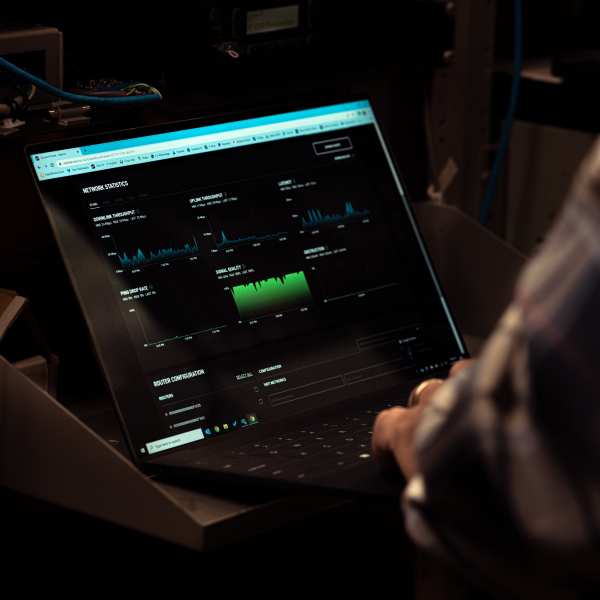
STARLINK WELCOMES SECURITY RESEARCHERS (BRING ON THE BUGS)
AUG 10, 2022
Starlink's mission is to provide high-speed, low-latency connectivity across the globe. We operate the world's largest satellite constellation, with a rapidly-growing user base in 37 countries and counting. Different parts of this system contain different security challenges - from embedded Linux running on hundreds of thousands of computers in space and more than a million on the ground, to distributed services, phone apps, and even starlink.
We are ultimately responsible for the security of our satellites, gateways, internet exchange points, and the Starlink kits that our customers use at home. This is a huge system that has a meaningful impact on the world. If you want to help us secure it, please consider contributing as a researcher via our bug bounty program, or come join our product security team.
Read More...

BRIGHTNESS MITIGATION BEST PRACTICES FOR SATELLITE OPERATORS
JUL 28, 2022
Space exploration is fundamental to SpaceX’s core mission. SpaceX has therefore taken unprecedented steps to work with the astronomy community to better understand how SpaceX--and all satellite operators--can mitigate the effect that the Sun’s reflection off of satellites can have on astronomical observations.
As a result of this deep, collaborative work, SpaceX has implemented innovative technological solutions and techniques to minimize its satellites’ effect on the night sky. In fact, SpaceX has invested more than any other satellite owner/operator to develop and deploy such technologies and techniques. This memorandum is an update on SpaceX efforts, which we have previously shared here, and their beneficial impacts.
Read More...

SPACEX ANALYSIS OF THE EFFECT OF TERRESTRIAL MOBILE DEPLOYMENT ON NGSO FSS DOWNLINK OPERATIONS
JUN 21, 2022
The 12 GHz band has become one of the most important and intensively used spectrum bands for Americans who depend on satellite services, including Starlink users who rely on 12 GHz to download content. However, DISH Network has been attempting to claim new rights to the 12 GHz band, implying that these new rights would have no impact on existing users.
Despite technical studies dating back as far as 2016 that refute the basis of their claims, DISH has attempted to mislead the FCC with faulty analysis in hopes of obscuring the truth. If DISH’s lobbying efforts succeed, our study shows that Starlink customers will experience harmful interference more than 77% of the time and total outage of service 74% of the time, rendering Starlink unusable for most Americans.
You can read the details of the study here, as well as SpaceX’s letter to the FCC regarding this issue.
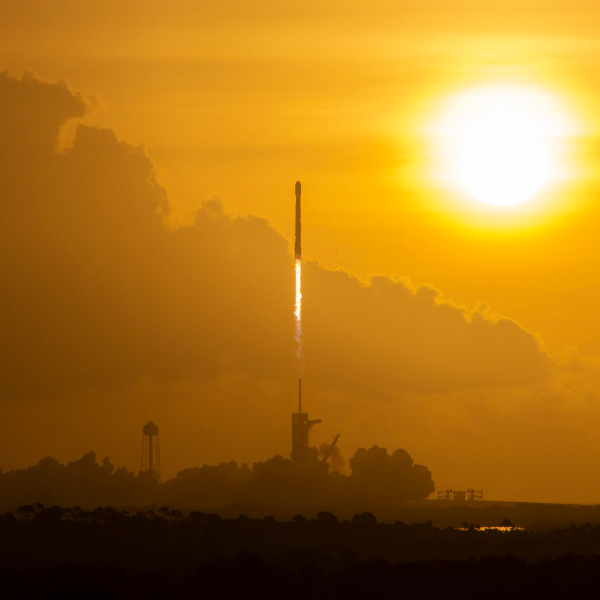
STARLINK CONJUNCTION AVOIDANCE WITH CREWED SPACE STATIONS
APR 24, 2022
Starlink satellites cross the altitudes of the International Space Station (ISS) and the Chinese Space Station Tiangong twice during their lifetimes: once on their way up to orbits where they serve customers, and once again when they are de-orbited. SpaceX's top priority during these transitions is the safety of the crews on board these space stations. As such, our operational systems continuously screen our satellite flight paths against the space stations' to ensure a safe distance is achieved, even if that requires re-routing our satellites.
SpaceX is firmly committed to operational transparency in order to maximize space safety and sustainability. In that interest, we publish this memorandum describing our space station avoidance methodology in engineering detail.
Read More...

SPACEX'S APPROACH TO SPACE SUSTAINABILITY AND SAFETY
FEB 22, 2022
SpaceX was founded to revolutionize space technology towards making life multiplanetary. SpaceX is the world’s leading provider of launch services and is proud to be the first private company to have delivered astronauts to and from the International Space Station (ISS), and the first and only company to complete an all-civilian crewed mission to orbit. As such, SpaceX is deeply committed to maintaining a safe orbital environment, protecting human spaceflight, and ensuring the environment is kept sustainable for future missions to Earth orbit and beyond.
With space sustainability in mind, we have pushed the state-of-the-art in key technology areas like flying satellites at challenging low altitudes, the use of sustainable electric propulsion for maneuvering and active de-orbit, and employing inter-satellite optical communications to constantly maintain contact with satellites. SpaceX is striving to be the world’s most open and transparent satellite operator; this report details our operating principles demonstrating our commitment to space sustainability and safety.
Read More...

PRESERVING THE NIGHT SKY -- ASTRONOMY DISCUSSION WITH NATIONAL ACADEMY OF SCIENCES
APR 28, 2020
SpaceX is launching Starlink to provide high-speed, low-latency broadband connectivity across the globe, including to locations where internet has traditionally been too expensive, unreliable, or entirely unavailable. We also firmly believe in the importance of a natural night sky for all of us to enjoy, which is why we have been working with leading astronomers around the world to better understand the specifics of their observations and engineering changes we can make to reduce satellite brightness.
While SpaceX is the first large constellation manufacturer and operator to address satellite brightness, we won't be the last. This report details our discussions with leading astronomers around this topic and the steps we have taken to make this problem easier for everyone to solve in the future.
Read More...
By clicking Sign Up, you agree to our Privacy Policy